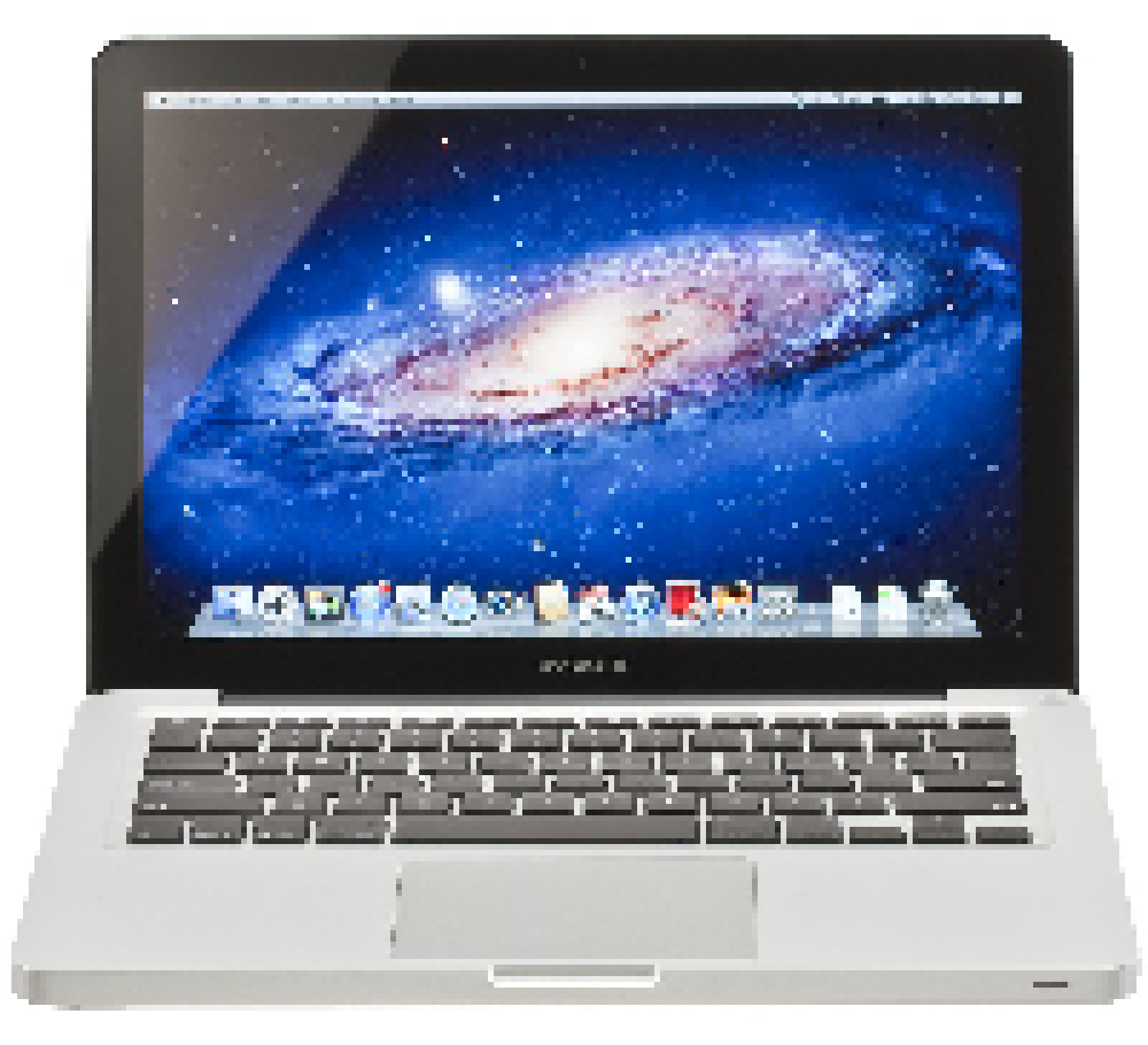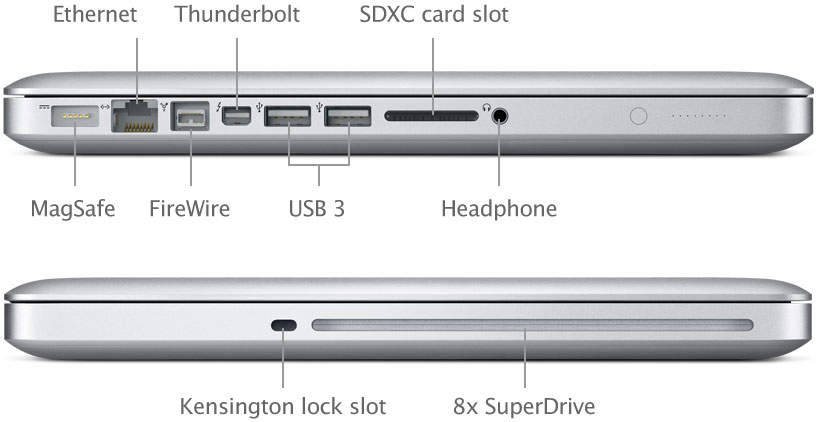Why the 2012 non-Retina MacBook Pro still sells

The MD101LL/A, pixelated to simulate the quality of its screen.
The 13-inch non-Retina MacBook Pro, model MD101LL/A, was launched in 2012 for $1199. Almost four years later, it’s still for sale, completely unchanged except for a price drop to $1099 in 2013.
Despite the low-resolution screen, slow hard drives, very little RAM, and CPUs that were middling even in 2012, it’s an open secret among Apple employees that the “101” still sells surprisingly well — to a nearly tragic degree, given its age and mediocrity.

Geeks like me often wonder why anyone would still buy such an outdated machine. I’ve heard from many people who buy it (or who’ve been unsuccessful in talking others out of it), and it’s surprisingly compelling, especially for volume-buying, price-conscious customers such as schools and big businesses:
- It’s the only Mac with a DVD drive. Many people still want one, either “just in case” or for actually watching movies from discs on a regular basis. Geeks think such use is “dead” and long gone, but it’s far from it. (It’s also the only Mac still sold with FireWire and the only laptop with Ethernet built in, both of which still matter a lot to some buyers.)
- It’s the only Mac laptop that uses standard hard disks, meaning storage space is very cheap: 1 TB from Apple is only $50. And the disk can be easily and cheaply replaced if it fails, which is a huge win for IT departments and budget-conscious owners.
- It’s the only Mac laptop with upgradeable RAM. Many buyers can’t afford top specs up front, but would gladly upgrade down the road to extend the machine’s lifespan. Third-party RAM options are not only cheaper, but sometimes have higher limits: Apple won’t sell more than 8 GB in the 101, but OWC sells 16 GB for just $108.
It’s very inexpensive, even when specced up. $1400 buys the fastest CPU, 8 GB of RAM, and a 1 TB disk from Apple.
If you’re willing to use third-party RAM and disks, you can put 16 GB RAM and a 2 TB disk into Apple’s fast-CPU model for a total of only $1457. Or with a 1 TB SSD (!) for $1613.1
A modern 13-inch Retina MacBook Pro with a similar CPU, 16 GB of RAM, and a 1 TB SSD is $2700. While it’s thinner and lighter and has better battery life, and the SSD is way faster than hard drives, it lacks the DVD drive, FireWire, Ethernet, and repairability. For many buyers, they’d rather save the $1100 and get the bulkier, slower, more expandable machine.
It’s not that outdated. It has Thunderbolt, USB 3, and a multitouch trackpad (not Force Touch, although I consider that a plus). The low-resolution screen is the most obviously outdated part, but a lot of people simply don’t care enough.
If you install an SSD, it’s even competitive on performance. In the Geekbench 64-bit benchmark, the 101’s base CPU is only 16% slower in single-threaded tasks and 25% slower in multi-threaded tasks than the 2015 13-inch Retina MacBook Pro’s base CPU. If you compare the best CPUs on each, the difference is only 7% and 9% for single- and multi-threaded, respectively.
I’m right there with everyone else who’d strongly advise against buying this machine for most people who’d ask me. But if someone has a tight budget, needs a lot of disk space, and doesn’t care about the screen, it’s hard to argue against the 101.2
As we’ve progressed toward thinner, lighter, more integrated Macs, we’ve paid dearly in upgradeability, versatility, and value. There are many Macs to choose from today, but in some ways, we have less choice than ever. The 101 represents the world we’re leaving behind, and our progress hasn’t all been positive.
The better question isn’t why anyone still buys the 101, but why the rest of the MacBook lineup is still less compelling for the 101’s buyers after almost four years, and whether Apple will sell and support the 101 for long enough for newer MacBook models to become compelling, economical replacements.
-
Adventurous upgraders can even replace the optical drive with another hard drive, yielding up to 4 TB of internal capacity for a few hundred dollars. Every other Mac laptop maxes out at 1 TB or less (excluding SD cards, which the 101 also supports), and their 1 TB upgrades start at $500. ↩︎
-
The MacBook Air is Apple’s other low-end line, but it’s on its way out: the 11-inch Air has been marginalized by the MacBook “One”, and the 13-inch Air will probably be marginalized shortly by a thinner, lighter Skylake redesign of the 13-inch Retina MacBook Pro. Some argue that the Air will replace the 101 as the low-end computer for bulk buyers, but it’s not a very good replacement — it’s too expensive and limited. I wouldn’t be surprised if the 101, or a half-assed revision of it, outlives the MacBook Air. ↩︎